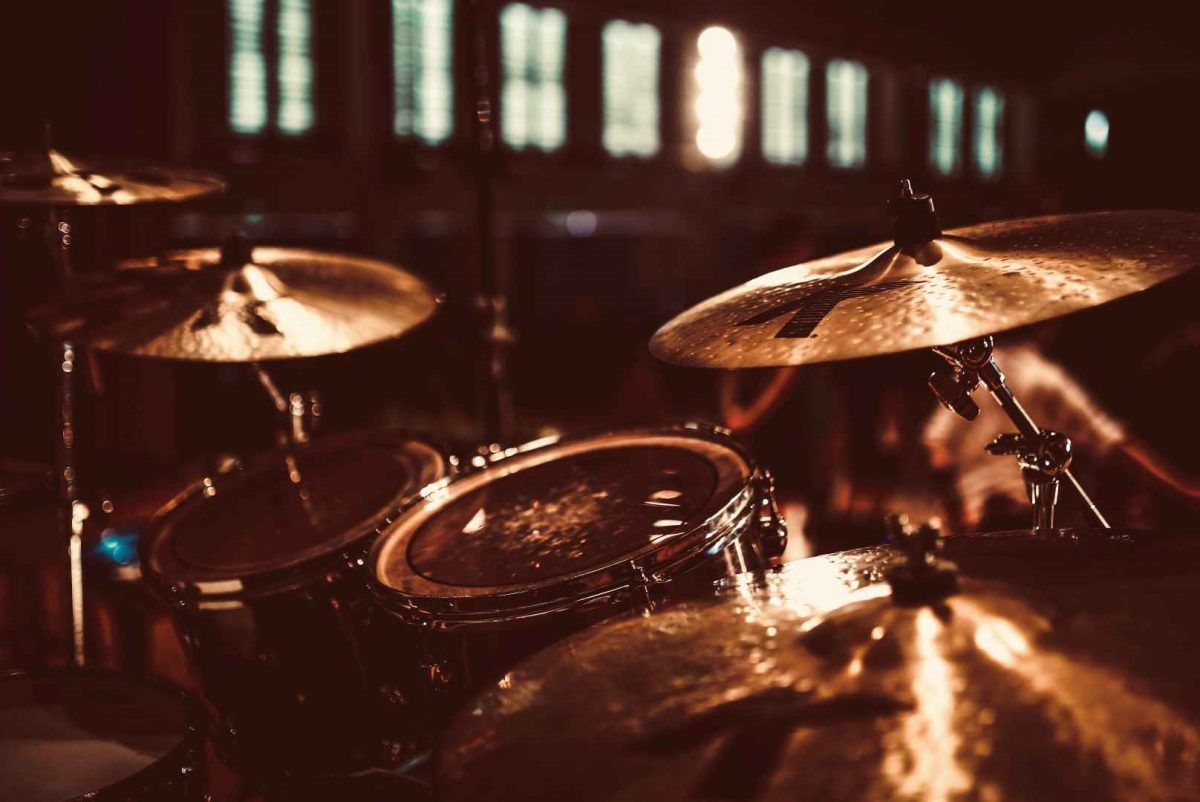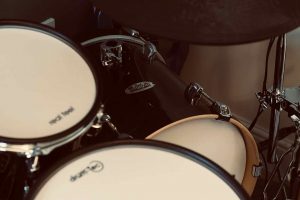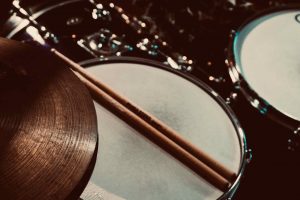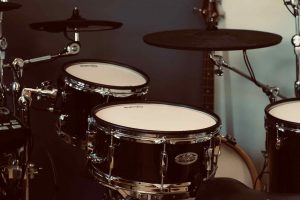Do you need to read music to play the drums? It’s a question many beginners ask, whether you’ve tried another instrument before but struggled with reading music, or have never played an instrument before, and don’t know your treble clef from your stave.
The good news is, you don’t need to read music to play the drums. In fact, there are plenty of well-known drummers who can’t read music, such as Buddy Rich, Dennis Chambers and Cobus Potgieter. Even famous musicians including Elvis Presley, Eric Clapton and even multi-instrumentalist Prince were unable to read music, yet became some of the most successful artists of all time!
But before you write off learning drum music, also known as drum notation, there are several benefits – and the good news is reading drum music is not as difficult as you might think!
Is it possible to learn drums by ear?
Yes, it is certainly possible to play drums by ear. In fact, being able to listen to a song and play it back, or improvising along to other musicians are important skills to have on the drums, regardless if you choose to learn reading music or not.
If you want to start playing the drums by ear, you’ll need to know a few common drumming patterns, the main five rudiments, and know what playing surfaces on the drum kit make what sound.
These three components allow you to listen along to a song, recognise what the drummer is playing, and have some ideas on how to replicate that sound. Of course, you can make things easier by finding a drum cover of that song on YouTube, giving you a visual guide of what to play.
However, there are cons to only knowing how to play drums by ear. If you want to one day become a professional drummer, not knowing how to read music could limit the types of gigs you get. While you may be fine playing in a rock band, you’re unlikely to be able to play in a theatre band or big bands, where all musicians are expected to read music.
And if you wanted to make money from drumming by becoming a tutor, you’ll need to be able to read music as many students will expect to learn this.
What are the benefits of learning to read drum music?
There are a number of benefits to learning to read drum music:
Improve your timing
Drumming is about rhythm and timing, but if you’re reliant on learning by listening, you might find you can struggle with more complex drum parts, particularly those in odd time signatures (where the beat might not be a standard 4/4, or even include bars that vary in length). If you listened to these parts, you might miss some of the nuances of these time changes, making them harder to learn.
Another example is in pieces of music where the drums might drop out and come back in, for example coming back in with a big fill. These rests do not always last for exactly one bar, nor do fills always start on beat 1. Being able to read drum parts like this can help you understand these parts more easily and get the timing just right.
Learn new music quicker
Reading music can help you learn drum parts quicker. If you learn by listening, chances are you’ll need to listen to a particular song several times to work out all the beats, and crucially, to understand the structure of the song. If you could read the piece, you could quickly learn each section, and understand the structure of the song without even needing to listen to the whole thing through.
Improve your creativity behind the kit
Many beginner to intermediate drummers who aren’t taking lessons tend to get stuck in a rut by repeating the same licks and fills over and over. If you’re not continually learning new things, you may find yourself in the same place, falling back on a handful of drumming patterns.
Reading drum notation is one more way of expanding your creativity, helping you understand new drum parts and adding them to your repertoire. One good habit to get into is to take these drum parts and store them in a scrapbook or even just a folder on your computer to come back to in future. If you find yourself reverting back to the same old grooves, you can check your folder and maybe rediscover something different you’ve not tried in a while!
Raise your ceiling of how good you could become
While not all drummers aspire to be professional musicians, who knows, maybe one day that could be you. And while I started this article by mentioning a few professional drummers that didn’t read music, they tend to be the exception to the rule.
If you ever want to become a pro, then learning to read music early on in your drumming career can help you get there – it’s generally going to be easier to build these skills over a long time, rather than reaching a ceiling and trying to learn to read from scratch if you later find you need these skills.
Should you be daunted by reading drum notation?
If you last tried (and failed) to read music in your school music lessons, then the good news is that drum notation is a lot simpler than for other instruments.
You’ll probably remember that notes are on a stave, either on the lines or between the lines, and then it’s up to you to work out where those notes are on your instrument.
The good news is that written music for drums is much simpler to understand. Each note refers to a specific drum and not a note – since there ARE no notes – and therefore each note on a stave corresponds with a drum or cymbal in your kit.
Drum sheet music will also include a key, so there’s no doubt of where an instrument is on the stave.
If you tend to learn drums by listening, then that can help you work out the timing. Most modern music follows a 4/4 beat – so 4 beats in a bar. On a straight beat, the hi-hat or ride will usually be played 4, 8 or 16 to a bar, also known as a crotchet (quarter note), quaver (eighth note) or semiquaver (16th note). By listening out for this while reading the music, you can get a feel for how the rest of the notes land in relation to the hi-hat part.
If you already use drum tabs to learn music (a more simplified way to write down and share drum parts online), then you might find that moving to written drum notation is actually not too far of a leap. In fact, drum notation has several advantages, as the length of a note and the number of beats in a bar tend to be more clearly communicated compared to drum tabs, which are typically a bit more rudimentary.
Where can you learn to read drum music?
It’s very simple to start learning to read drum music. Most online drum lesson sites such as Drumeo and 180 Drums feature drum notation alongside their videos, helping you to learn to read as you listen and learn drum parts.
If you can afford a drum tutor in person or via online sessions, then be sure to ask them to teach you how to read music as you take your lessons. The vast majority of drum tuition materials will use drum notation, and having someone to answer questions can be a benefit over online training videos.




